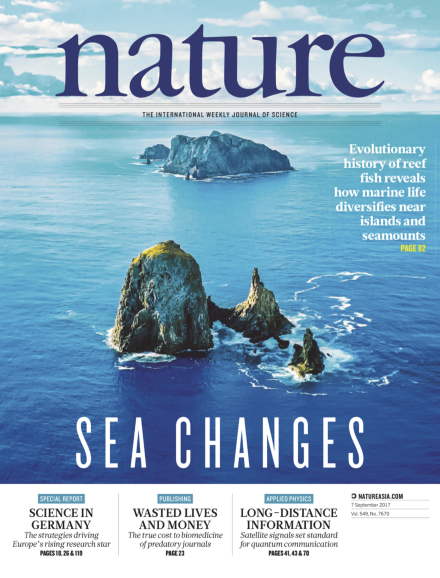Volume 549 Issue 7670, 7 September 2017
Editorial
World View
Seven Days
News
News Feature
Comment
-
Germany must go back to its low-carbon future
Nature Outlook:
Books & Arts
Correspondence
Obituary
News & Views
Article
Letter
Toolbox
-
Plot a course through the genome
Collection:

